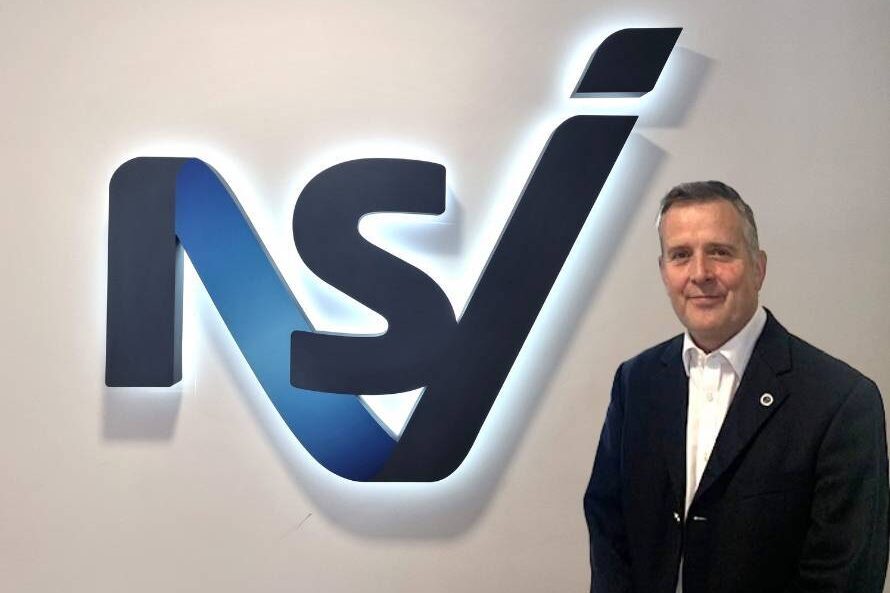ONVIF: The start of standardization in security
If your cell phone can connect with Facebook and give you someone’s contact info or you can have a video conference with people on the other side of the planet for free, it does not seem as though managing and monitoring surveillance cameras just a block away should be much of a problem. However, the world of video networking is not as simple as it might seem. This booming industry contains a collage of devices and technologies from an array of manufacturers and vendors, all competing for the best solutions to the problem of how to keep people and places secure.
Blending diverse backgrounds
With so many options to choose from, it would be a pity to limit a surveillance system to a single brand or technology. System designers and owners need to be able to easily connect their systems with other networks and to incorporate new and innovative solutions into legacy systems. It is therefore necessary to create standards to ensure that the devices in surveillance systems can communicate with each other as well as interface with other networks. Yet standardizing video surveillance technologies is no easy feat.
The broadcast industry started out with watertight standards (PAL and NTSC) for streaming video. PAL products could easily work in a PAL system and the same went for NTSC. No matter where in the world PAL or NTSC were used, each of these standards was always the same.
Digital streaming changed all that simply because video compression standards work quite differently from one another. For example, H.264 in one system is not necessarily compatible with devices streaming H.264 in another network; the compression standard allows for a broad range of profiles and applications, which advantageously lets users customize their systems. The disadvantage of this is that networks cannot communicate with one another.
Moreover, standards for features other than streaming video, such as PTZ protocols, are also currently spreading throughout the industry, and each of these has dissimilar ways of working as well. In sum, there are many standards and a wide spectrum of implementations is available for each standard.
Standardization involves generating unified platforms that enable devices and networks to interface with each other while still permitting integrators to customize systems. This is an exceedingly challenging part of video networking and creating universal standards remains a dynamic process.
A standard of standards
Until recently, security industry companies each had their own, proprietary standards. Companies working together would adopt each other’s standards and some came to dominate certain areas; for example, a standard from Pelco has been used generally for integrating PTZ functionality into different systems.
In 2008, Axis Communications, Bosch Security Systems, and Sony Corporation launched the Open Network Video Interface Forum (ONVIF), an organization dedicated to promoting interoperability between network products for the security market. It was the first to focus on the standardization of Internet Protocol (IP) products. Since its inception, ONVIF has grown to include 338 member companies and has been wholly embraced by the industry.
ONVIF is essentially a collaborative effort to create a meta-standard that builds on various IT standards so products from different manufacturers can work together in the same system. Contributing members of ONVIF form committees to further develop the standard and its various specifications. The ONVIF standard is applicable to an entire product, including aspects from video streams and events to analytics. Furthermore, every new release incorporates new features into the standard. As a result, ONVIF offers vast possibilities for integration.
How does ONVIF work?
ONVIF uses Web services to send messages. Web services are based on a request/response system that uses a protocol known as SOAP, through which a sender transmits a message to a receiver and elicits a response. SOAP uses a Web Service Description Language (WSDL) to exchange information across the network in XML and HTTP.
Although Web services make it possible for devices to communicate with each other using the ONVIF standard, there is a drawback: Web services substantially increase the amount of code needed to transmit data and all this additional information has to go in the transmitting device. ONVIF only specifies how transmission devices must communicate; there is nothing in the standard indicating how or if the receiver (for example, a video management system) should respond. So using the ONVIF standard is complex to implement and highly demanding on embedded environments.
ONVIF certification
In a bid to streamline integration efforts, a test tool has evolved with each new version of the ONVIF standard. Network components are tested by ONVIF to determine if they are eligible for certification. Depending on which features are tested, products are deemed ONVIF conformant for a particular version of the standard.
Regardless of the version number, the ONVIF standard leaves a lot of room for interpretation. Despite the immense number of options available within the standard, only the bare minimum is required to pass the test. Therefore, ONVIF-compliant devices rarely show the same behavior. Consequently, while certification demonstrates a company’s willingness to work with open standards, it is hardly a measure of integration capability.
Moreover, only transmitters can be certified; there is no certification process for receiving devices. The ONVIF test and subsequent certification do not guarantee that ONVIF-certified transmission equipment can integrate with any ONVIF-compliant video management system (VMS). As a result, ONVIF is recognized as a starting point for industry players rather than an end in itself; ONVIF is a centrally-organized, cooperative effort to improve the synergy between current IT standards in IP video networking.
Is ONVIF enough?
Although working with open standards is a major step forward for the surveillance industry and ONVIF can be extremely useful in integrating network components, it is not always enough. Some features are simply not included in the ONVIF standard. This can potentially inhibit innovation if only the ONVIF standard is used. Therefore, manufacturers continue to take advantage of alternatives for integration and many of their products are already compatible with major video management systems (VMS). Some suppliers even have standards of their own for combining diverse network components.
For example, in addition to being a contributing member of ONVIF, Siqura, a manufacturer of advanced video surveillance solutions, offers an open streaming architecture (OSA) based on acknowledged and straightforward standards. Siqura has also integrated its products into major video management systems (VMS). This gives designers choices so they can ensure the best possible network performance and architecture for a particular application.
The future of video streaming
Video surveillance systems have changed a lot since the arrival of IP technology. Technological advancements make it seem as though anything is possible. It appears as though integrating video surveillance systems should be really easy.
While the ONVIF standard is an excellent foundation upon which to build integrated networks, it is relatively new and needs to mature before seamless integration can be expected. Since some desirable features are not yet included, the ONVIF standard also can limit innovation. Moreover, the ONVIF standard is complex to implement and the certification test is insufficient for verifying compatibility between conformant products. So, even in a system only containing certified products, adjustments will have to be made. Manufacturers, therefore, continue to offer supplementary options. Consequently, ONVIF should be seen as a cooperative effort for improving integration.
ONVIF certification is now indispensable in the security industry but it is not a goal in itself. After all, ONVIF or otherwise, the best solution for any situation is one that meets your specific needs.









